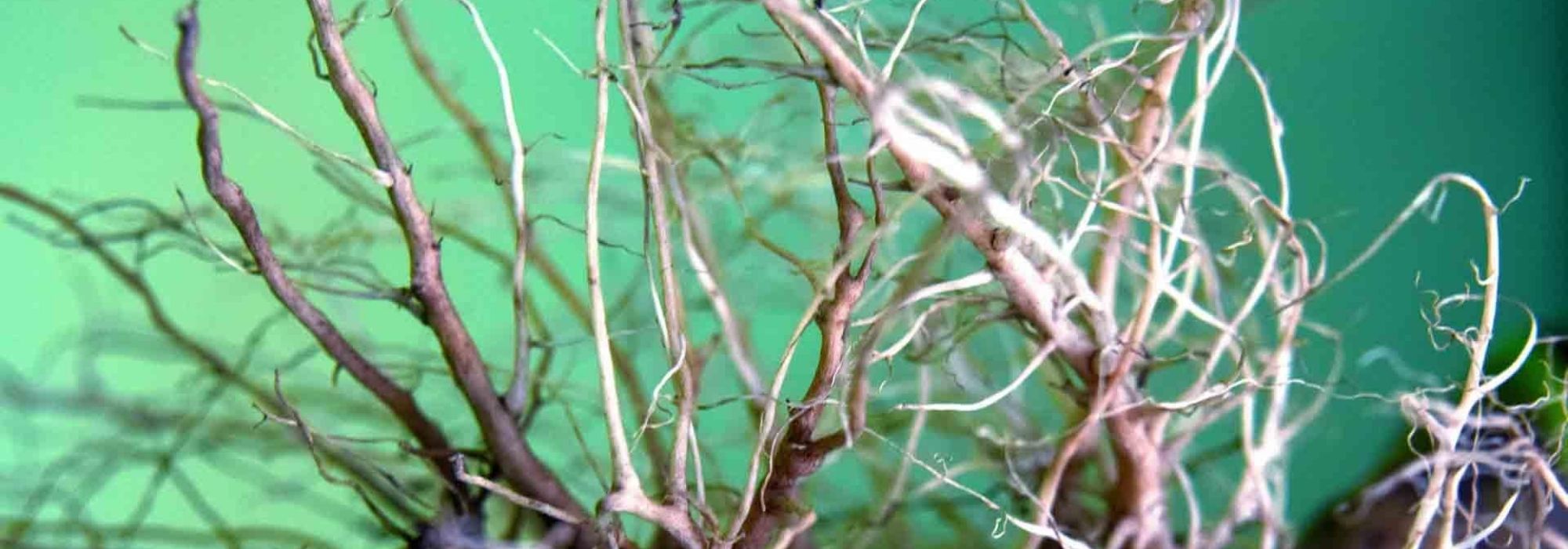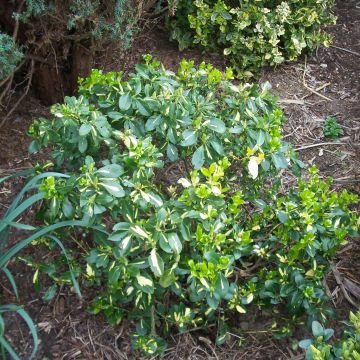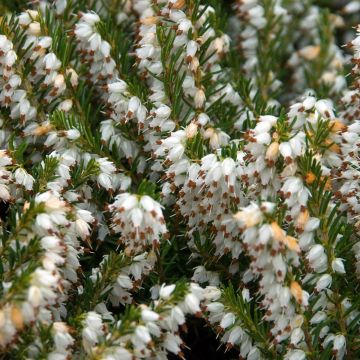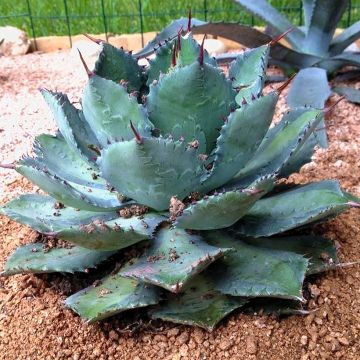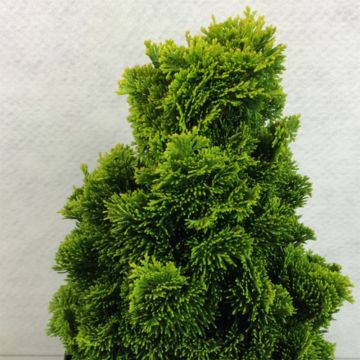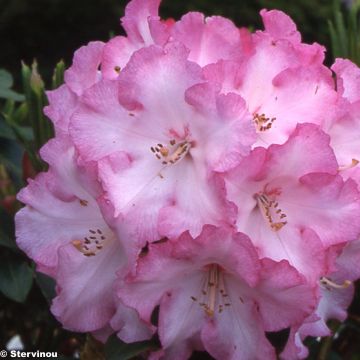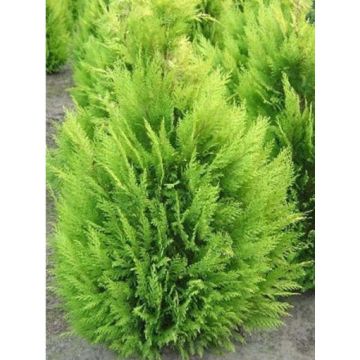

Cycas revoluta - Japanese Sago Palm
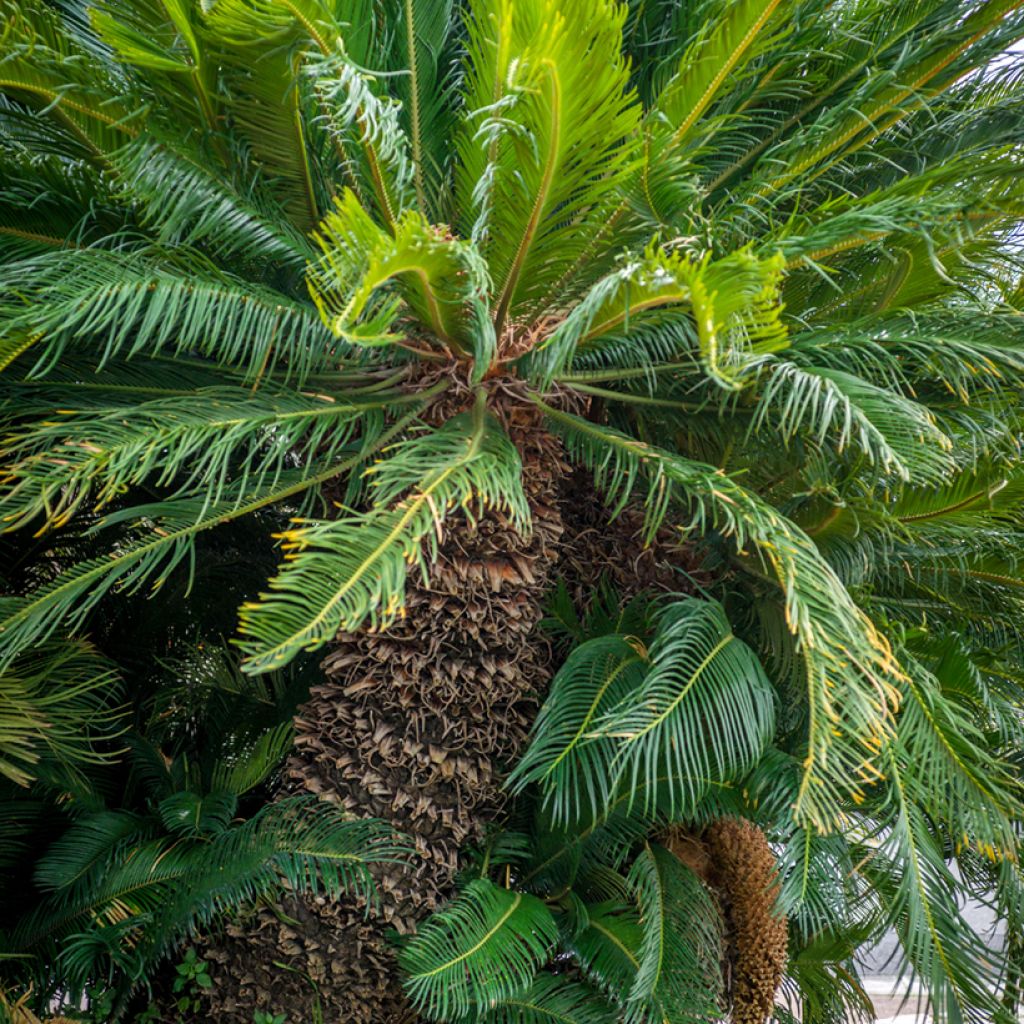

Cycas revoluta - Japanese Sago Palm
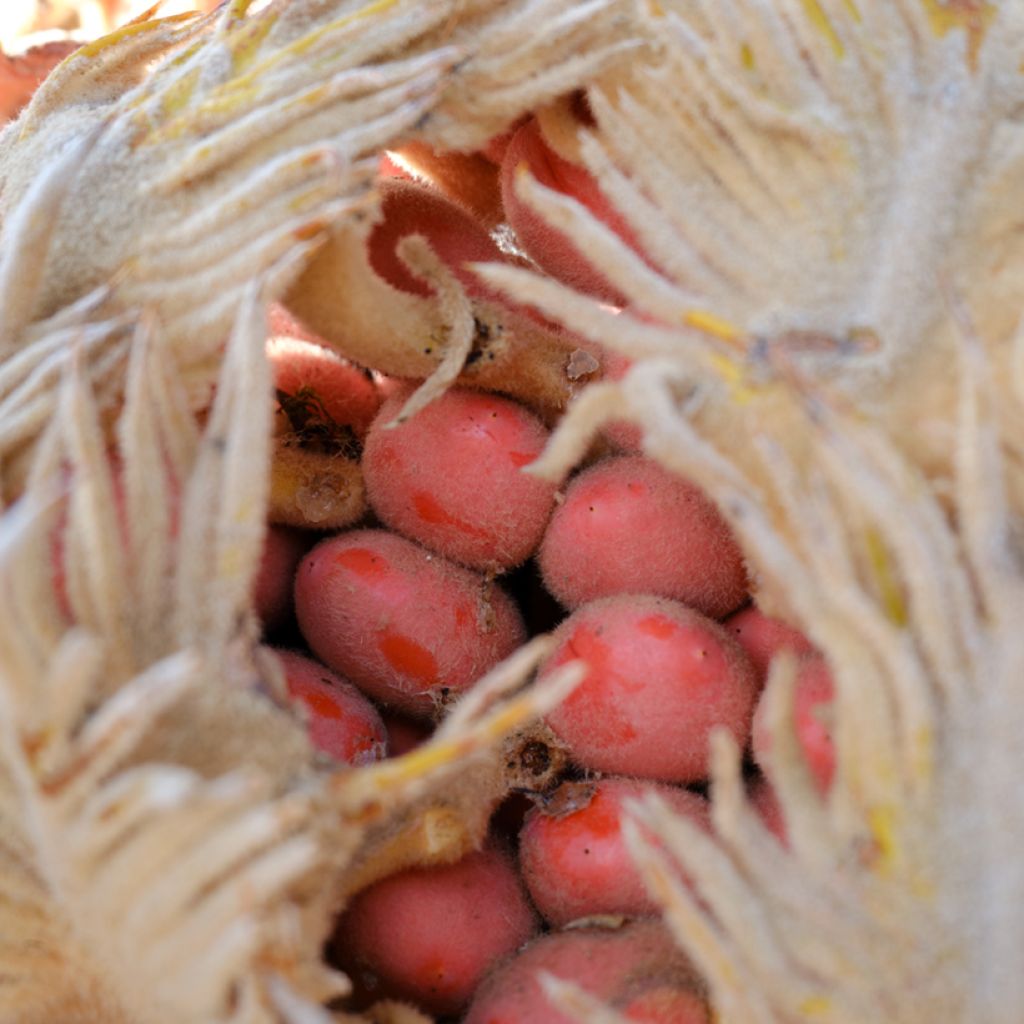

Cycas revoluta - Japanese Sago Palm
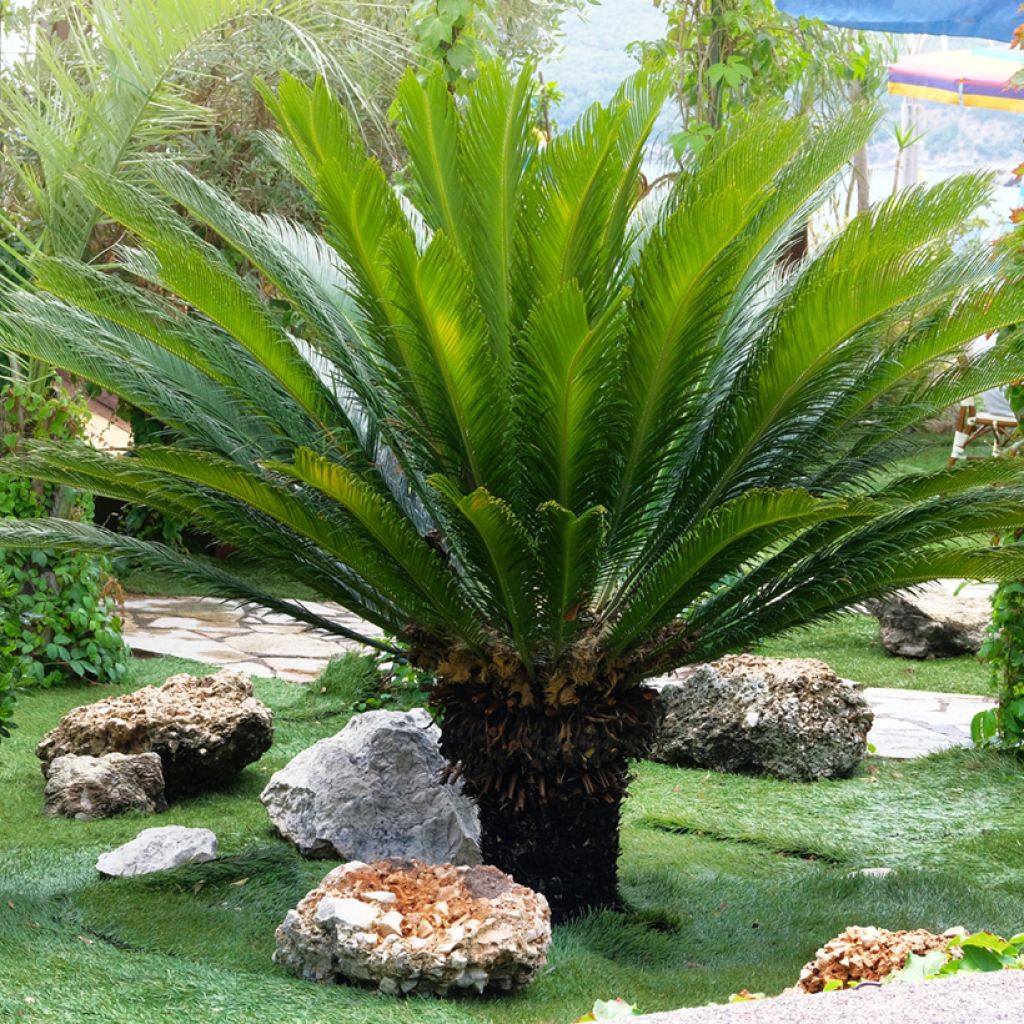

Cycas revoluta - Japanese Sago Palm
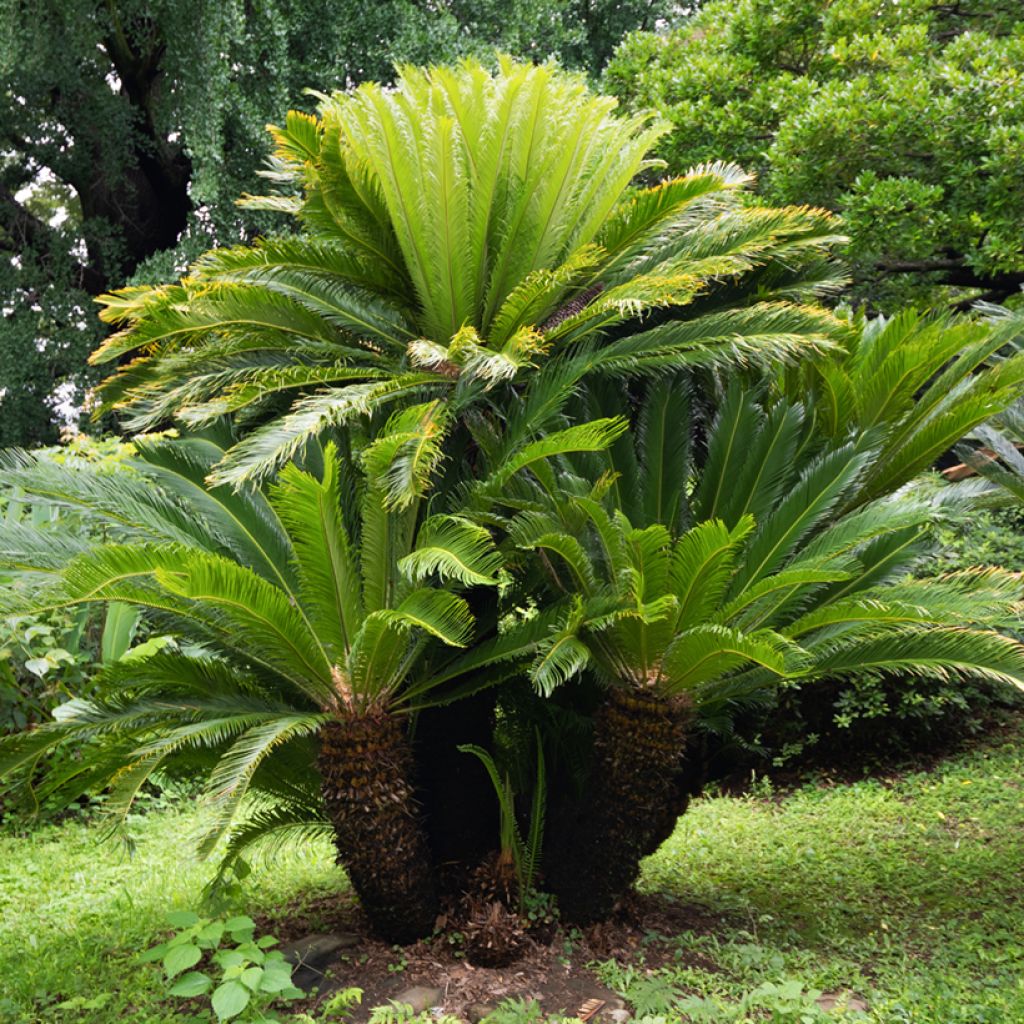

Cycas revoluta - Japanese Sago Palm
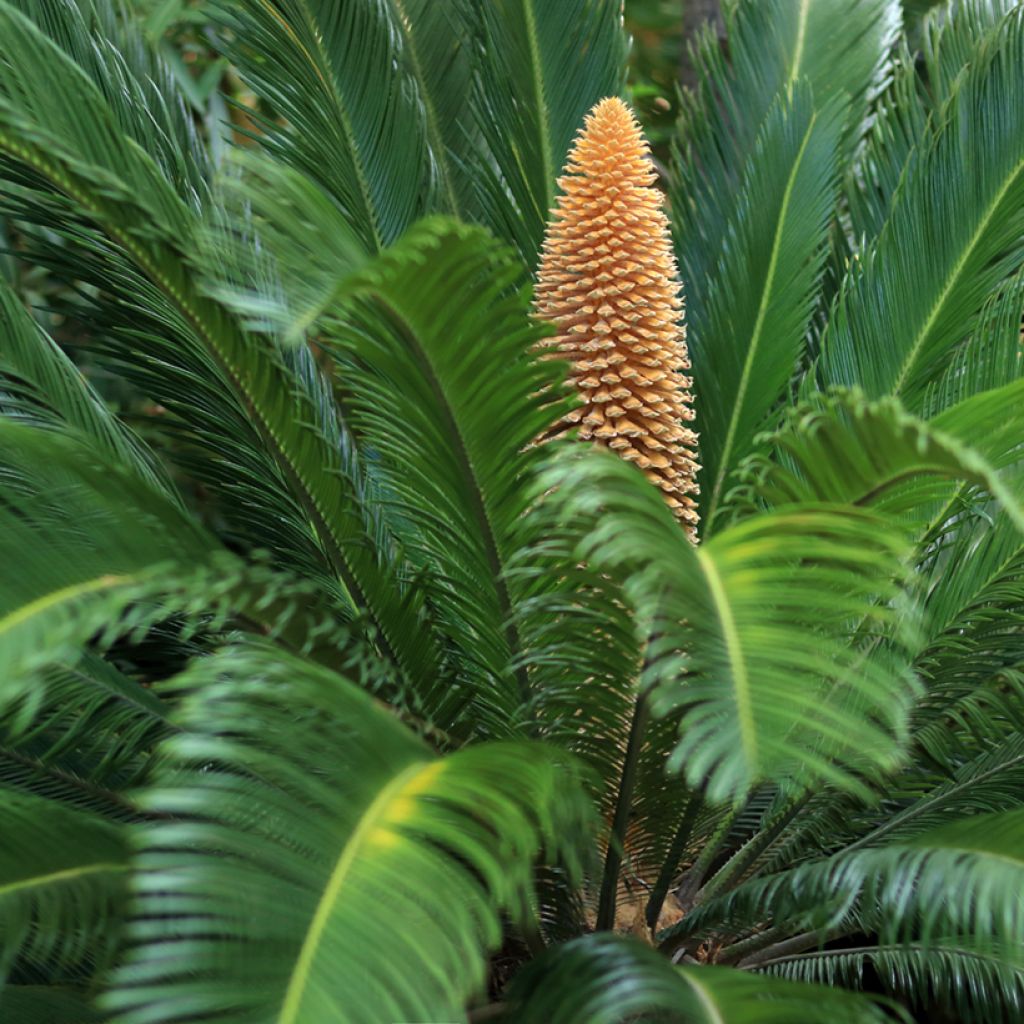

Cycas revoluta - Japanese Sago Palm
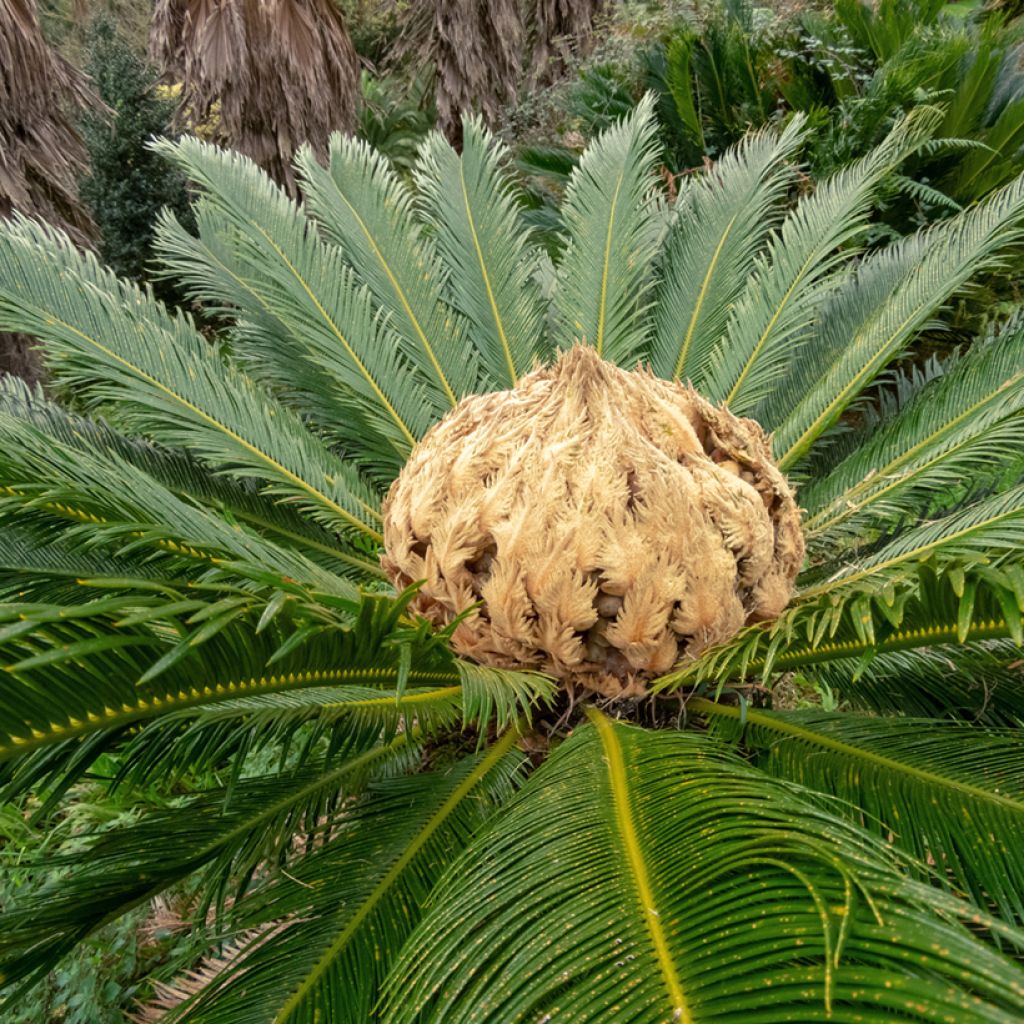

Cycas revoluta - Japanese Sago Palm
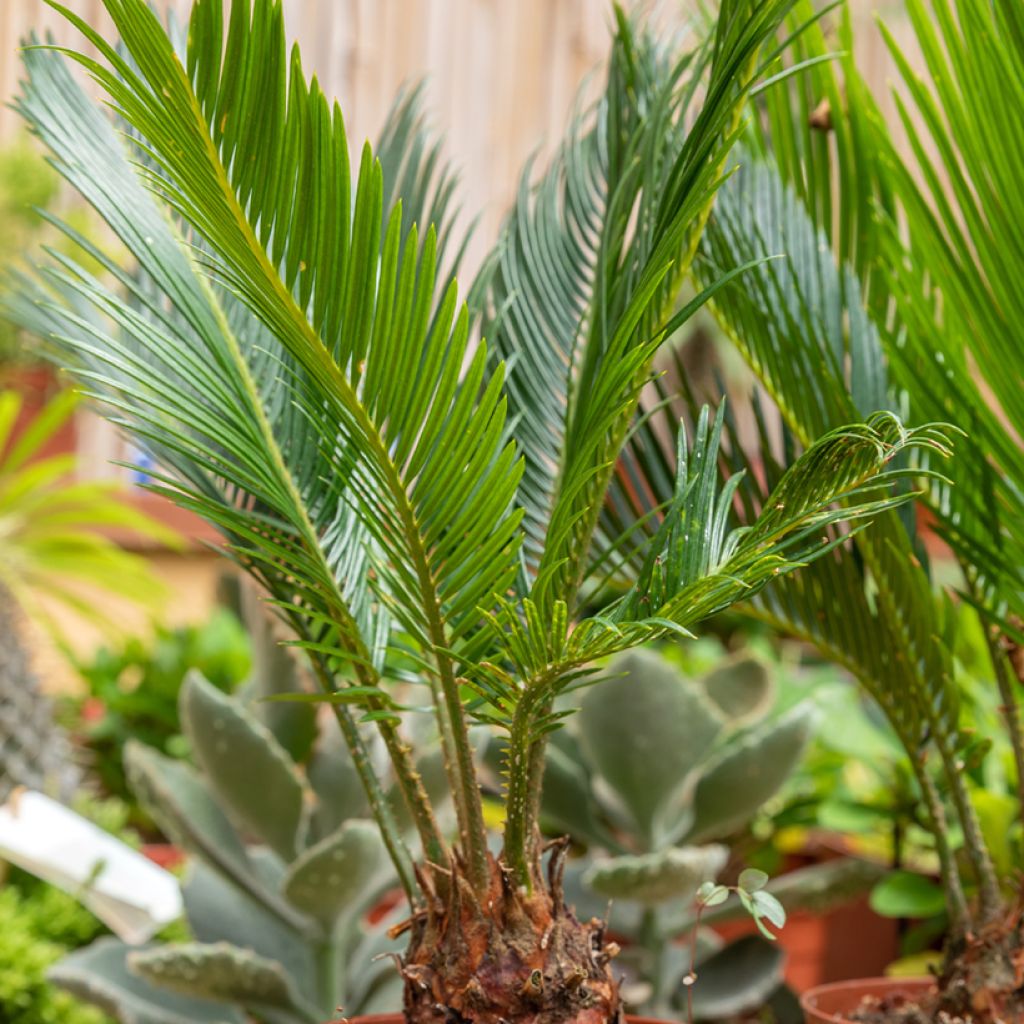

Cycas revoluta - Japanese Sago Palm
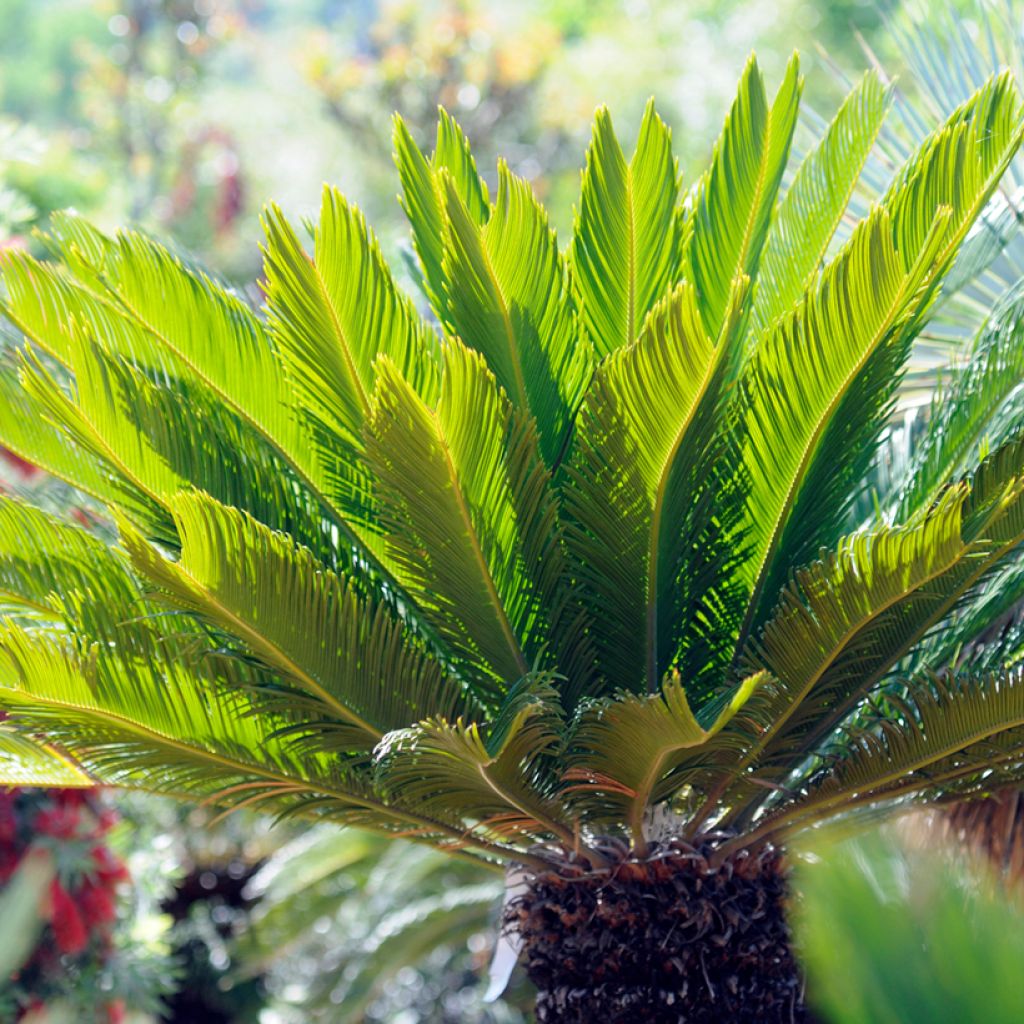

Cycas revoluta - Japanese Sago Palm
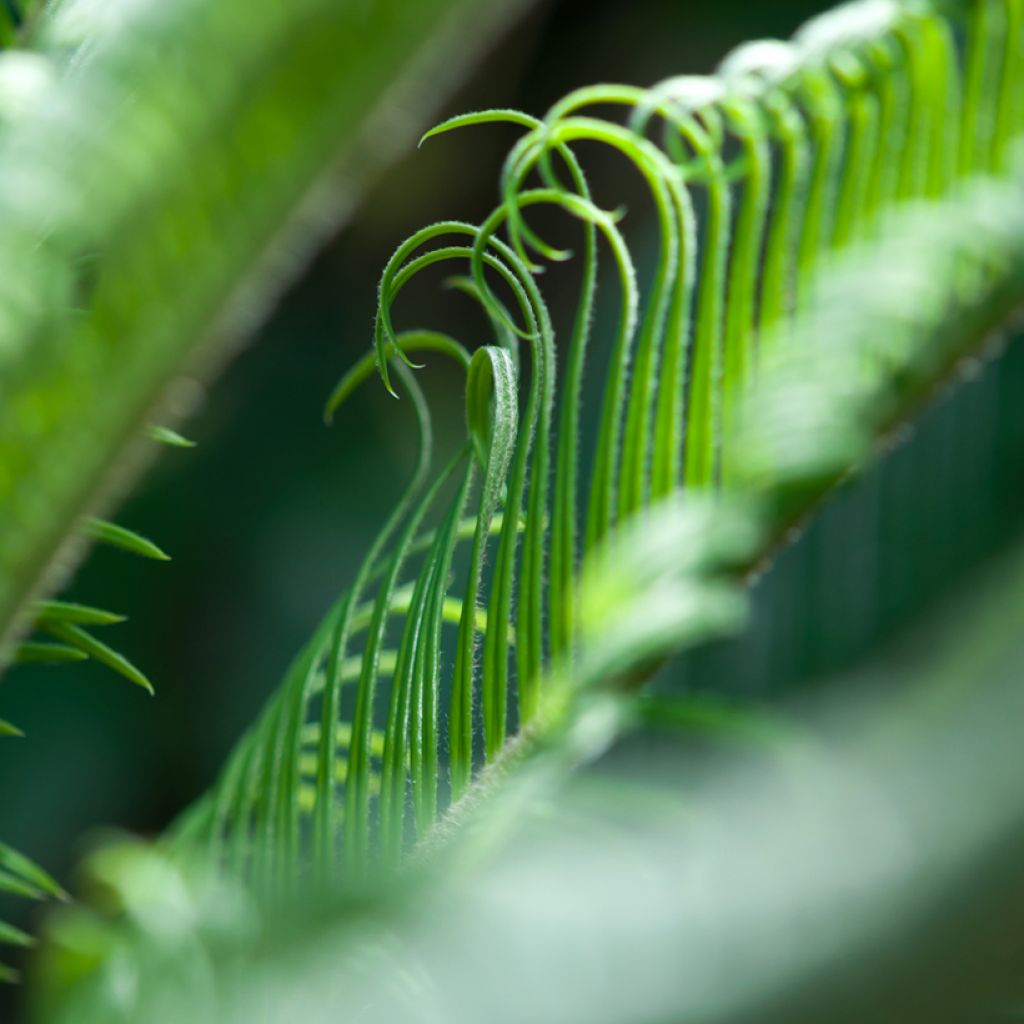

Cycas revoluta - Japanese Sago Palm
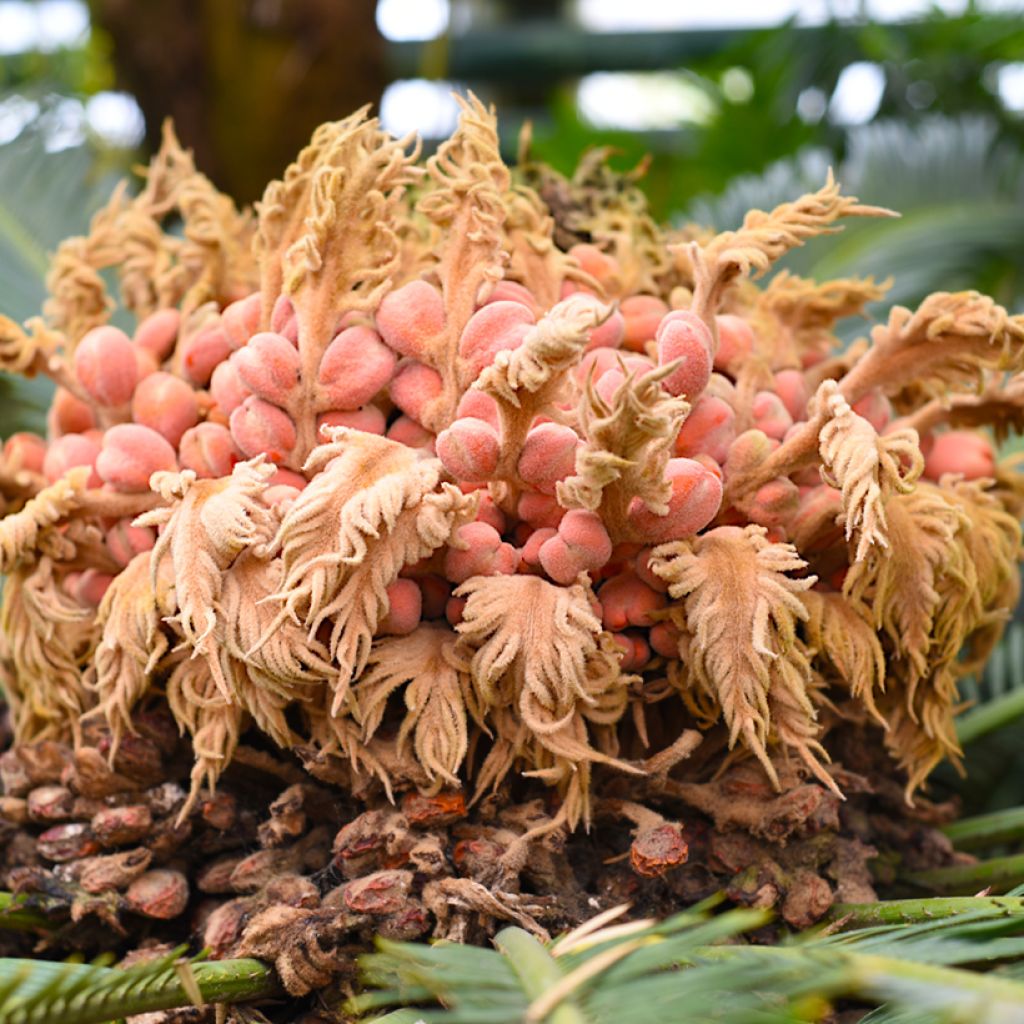

Cycas revoluta - Japanese Sago Palm
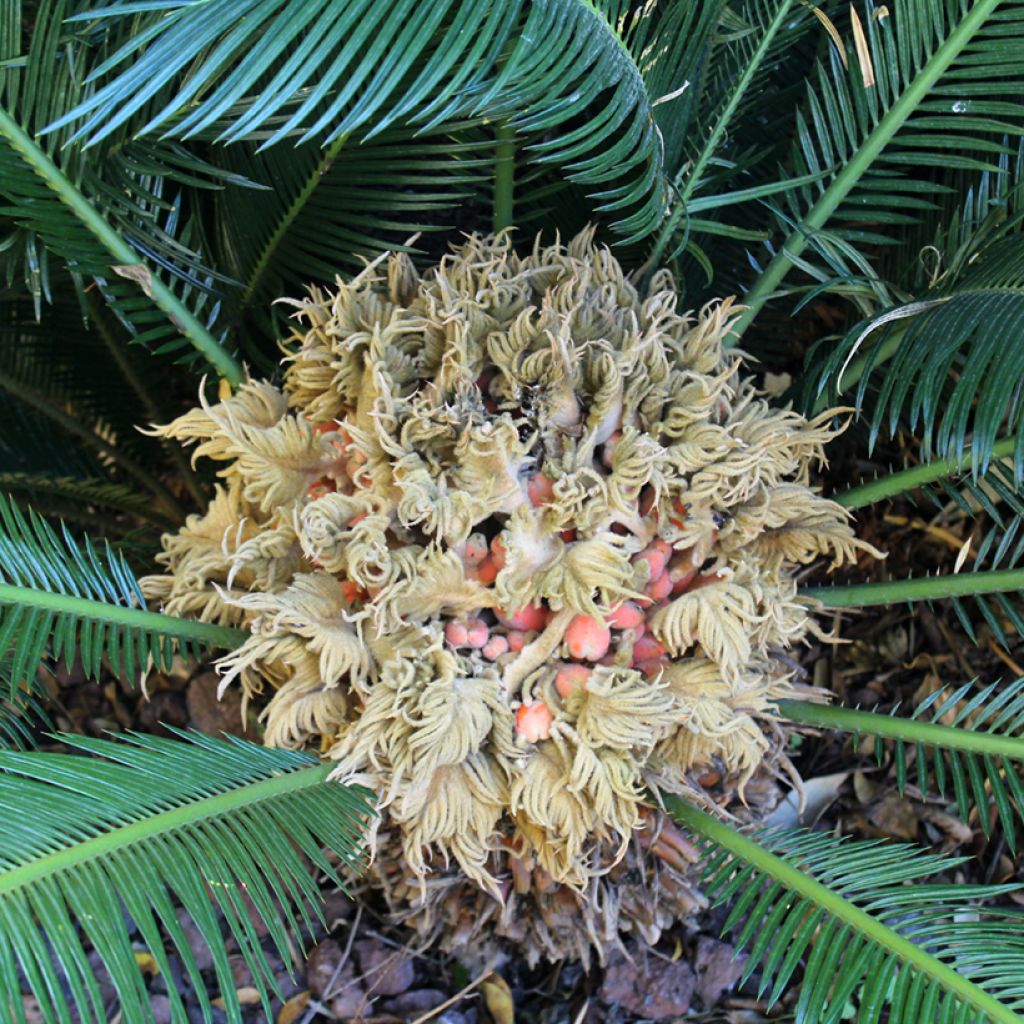

Cycas revoluta - Japanese Sago Palm
Cycas revoluta - Japanese Sago Palm
Cycas revoluta
Sago palm
Special offer!
Receive a €20 voucher for any order over €90 (excluding delivery costs, credit notes, and plastic-free options)!
1- Add your favorite plants to your cart.
2- Once you have reached €90, confirm your order (you can even choose the delivery date!).
3- As soon as your order is shipped, you will receive an email containing your voucher code, valid for 3 months (90 days).
Your voucher is unique and can only be used once, for any order with a minimum value of €20, excluding delivery costs.
Can be combined with other current offers, non-divisible and non-refundable.
Home or relay delivery (depending on size and destination)
Schedule delivery date,
and select date in basket
This plant carries a 24 months recovery warranty
More information
We guarantee the quality of our plants for a full growing cycle, and will replace at our expense any plant that fails to recover under normal climatic and planting conditions.


Does this plant fit my garden?
Set up your Plantfit profile →
Description
Cycas revoluta, also known as Japanese Sago Palm or simply Sago Palm, is a prehistoric plant that has survived from ancient geological times. Part fern, part palm tree, this strange semi-hardy shrub is nonetheless a particularly ornamental species, highly sought after in landscaping. It slowly forms a short, thick, and rough trunk, bearing a compact crown of long, slightly arching leaves, divided into dark greenish-blue fine leaflets. While it can only be grown in the ground in a narrow coastal strip of the Mediterranean or Atlantic coast, it can thrive in a large pot that is stored indoors during the winter in colder regions.
Cycas revoluta is also known by various names depending on the region, including Fern Palm, Mini Palm, or Sago Cycad. It belongs to a very ancient botanical family, the Cycadaceae, which exhibit obvious archaic characteristics. Becoming rare in its natural environment, this plant is native to the Nansei and Ryukyu Islands in Japan, as well as the Chinese coast of Fujian. It can be found on steep cliffs and rocky meadows in these regions, as well as near Buddhist temples and Shinto shrines, in the form of centuries-old specimens that are revered and respected. From a botanical perspective, Cycas revoluta exhibits intermediate characteristics between ferns and palm trees. It is a dioecious plant, with male and female individuals being distinct from each other.
In cultivation, this plant will rarely exceed 1.5 m (5 ft) in all directions. It consists first of a short, stout, and conical false trunk (stipe) with a rough texture and a colour ranging from ochre to brown, with leaf scars. There is usually only one stipe, but there can sometimes be multiple trunks. The evergreen foliage, arranged in a concentric rosette, develops at the top of the stipe. The pinnate leaves, measuring 70 cm (27.6 in) to 1 m (3.3 ft) in length and 15 cm to 20 cm (5.9 in to 7.9 in) in width at maturity, are divided into numerous linear and pointed leaflets. They are borne on a short petiole bordered with spines. The young leaves, lighter in colour, appear as crosiers that unfurl like those of ferns.
Flowering occurs in summer, after many years of being grown in the ground, and is very rare in potted plants. The inflorescences appear in the centre of the crown. Male cycads develop large, upright, light-yellow cones, while female cycads bear smaller inflorescences, beige in colour and velvety in appearance. After pollination of the female cycads, they develop large, rounded, bright red seeds.
Cycas revoluta is the most widely cultivated species worldwide, due to its relative hardiness, which does not exceed -6° C to 8° C (21° F to 18° F) in a very sheltered location. In the ground, it can be placed in isolation, not far from a swimming pool for example, along with a small palm tree, Tetrapanax Rex, banana trees, Agave, or yuccas, creating an exotic-inspired setting. However, this plant will reveal its full potential when placed in isolation or in a large rock garden. It can be a bit challenging to combine with other plants, but it can still be planted in groups of 3 specimens and surrounded by a tapestry of cerastium, a sowing of purslanes, or a bed of Felicia. A contemporary garden can plant it above a sea of white pebbles. Planted in a carefully chosen large container, it will make a magnificent specimen in a conservatory, on a terrace or balcony.
Report an error about the product description
Cycas revoluta - Japanese Sago Palm in pictures
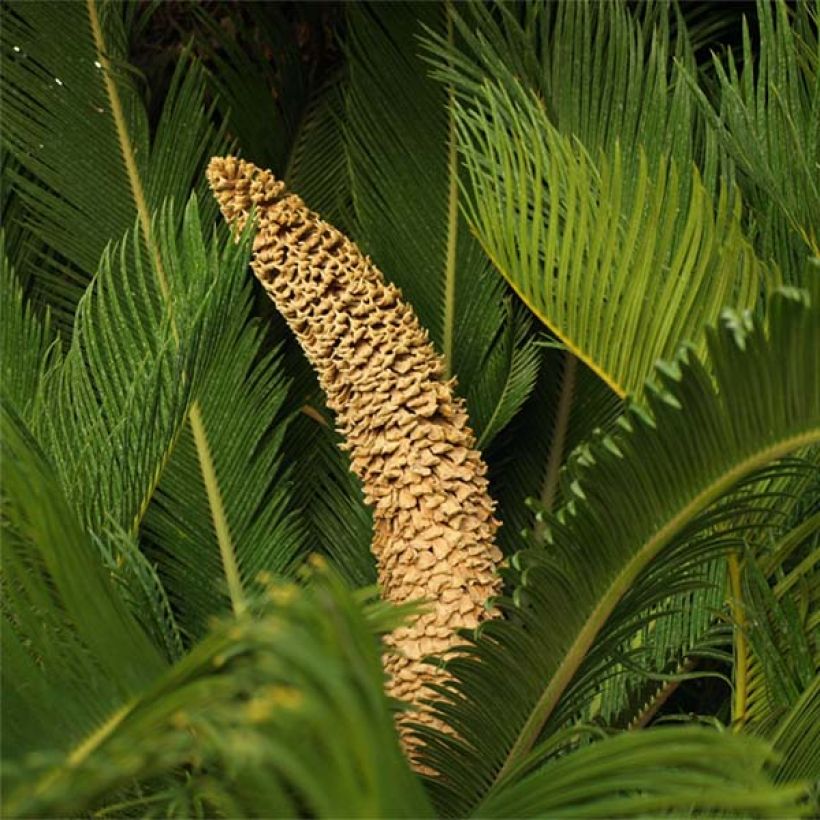

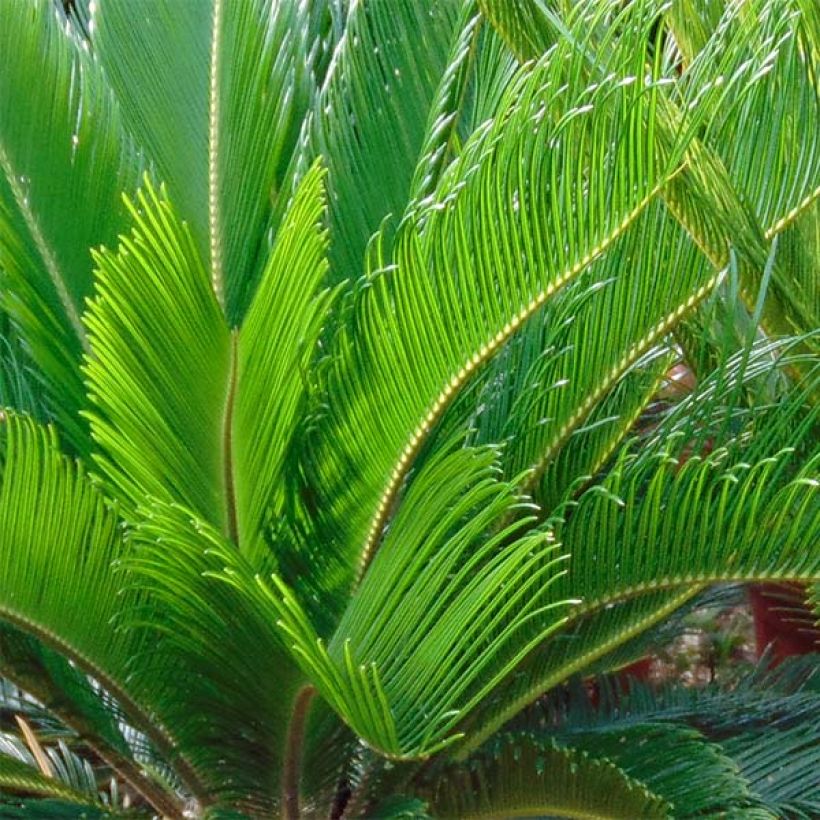

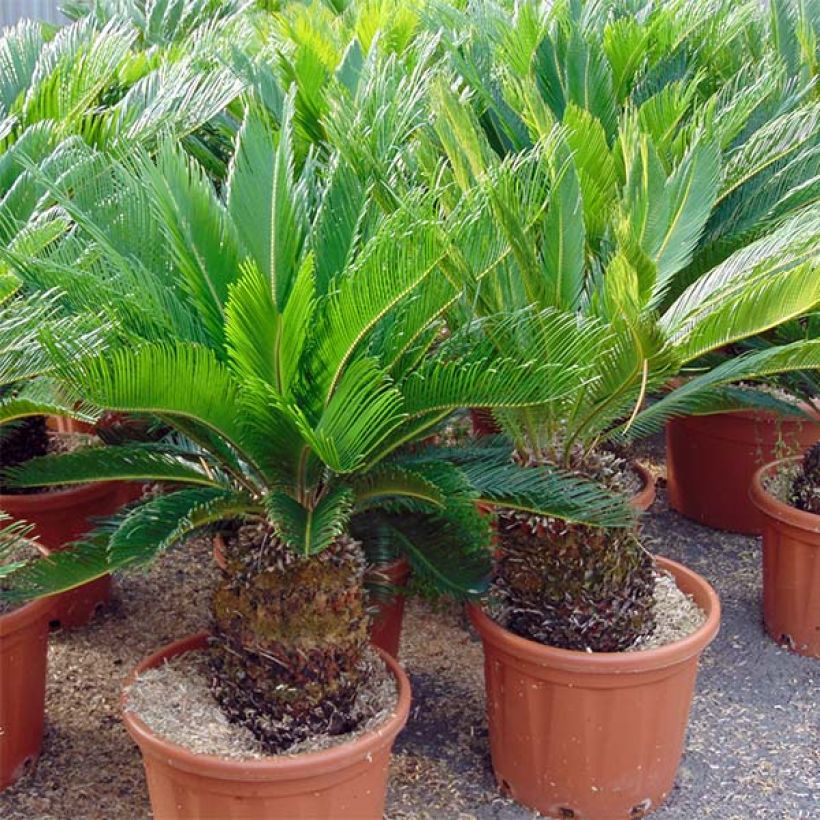

Plant habit
Flowering
Foliage
Botanical data
Cycas
revoluta
Cycadaceae
Sago palm
Southeast Asia
Planting and care
Plant Cycas revoluta in early autumn or spring. Choose a location in full sun and sheltered from prevailing winds. This plant prefers a rich, humiferous, perfectly well-drained soil that remains moist in summer and rather dry in winter.
If growing in containers, choose a large enough pot. Add a layer of gravel, clay balls or small stones to the bottom of the pot or planting hole, which ideally should be 2 to 3 times the size of the root ball. Then compose a mixture of 2/3 garden soil and 1/3 sand. Water moderately in summer, allowing the substrate to dry out a little between waterings. Apply fertiliser in spring. In winter, the Cycas will fare better in well-drained soil that doesn't retain water. Store your potted Cycas revoluta indoors over winter. Reduce watering in winter if the room temperature is below 15° C (59° F). Regularly remove leaves that dry out at the base of the trunk. Occasionally spray the foliage, especially if the atmosphere is dry. It will adapt well to indoor cultivation if the room it is placed in is sunny and bright, and not too heated in winter. Greenhouses and verandas are also very suitable for this plant. Place your Cycas in a sufficiently bright location, ideally receiving some direct sunlight. You can take your pot outside at the end of spring.
In a greenhouse or at home, Cycas can be attacked by mealybugs and red spider mites, indicating a too dry and poorly ventilated atmosphere.
Note:
This plant is particularly toxic to herbivores and humans. Keep young children and pets away from its beautiful leaves, strange flowers, or tempting fruits!
Planting period
Intended location
Care
Planting & care advice
-
, onOrder confirmed
Reply from on Promesse de fleurs
Similar products
Haven't found what you were looking for?
Hardiness is the lowest winter temperature a plant can endure without suffering serious damage or even dying. However, hardiness is affected by location (a sheltered area, such as a patio), protection (winter cover) and soil type (hardiness is improved by well-drained soil).

Photo Sharing Terms & Conditions
In order to encourage gardeners to interact and share their experiences, Promesse de fleurs offers various media enabling content to be uploaded onto its Site - in particular via the ‘Photo sharing’ module.
The User agrees to refrain from:
- Posting any content that is illegal, prejudicial, insulting, racist, inciteful to hatred, revisionist, contrary to public decency, that infringes on privacy or on the privacy rights of third parties, in particular the publicity rights of persons and goods, intellectual property rights, or the right to privacy.
- Submitting content on behalf of a third party;
- Impersonate the identity of a third party and/or publish any personal information about a third party;
In general, the User undertakes to refrain from any unethical behaviour.
All Content (in particular text, comments, files, images, photos, videos, creative works, etc.), which may be subject to property or intellectual property rights, image or other private rights, shall remain the property of the User, subject to the limited rights granted by the terms of the licence granted by Promesse de fleurs as stated below. Users are at liberty to publish or not to publish such Content on the Site, notably via the ‘Photo Sharing’ facility, and accept that this Content shall be made public and freely accessible, notably on the Internet.
Users further acknowledge, undertake to have ,and guarantee that they hold all necessary rights and permissions to publish such material on the Site, in particular with regard to the legislation in force pertaining to any privacy, property, intellectual property, image, or contractual rights, or rights of any other nature. By publishing such Content on the Site, Users acknowledge accepting full liability as publishers of the Content within the meaning of the law, and grant Promesse de fleurs, free of charge, an inclusive, worldwide licence for the said Content for the entire duration of its publication, including all reproduction, representation, up/downloading, displaying, performing, transmission, and storage rights.
Users also grant permission for their name to be linked to the Content and accept that this link may not always be made available.
By engaging in posting material, Users consent to their Content becoming automatically accessible on the Internet, in particular on other sites and/or blogs and/or web pages of the Promesse de fleurs site, including in particular social pages and the Promesse de fleurs catalogue.
Users may secure the removal of entrusted content free of charge by issuing a simple request via our contact form.
The flowering period indicated on our website applies to countries and regions located in USDA zone 8 (France, the United Kingdom, Ireland, the Netherlands, etc.)
It will vary according to where you live:
- In zones 9 to 10 (Italy, Spain, Greece, etc.), flowering will occur about 2 to 4 weeks earlier.
- In zones 6 to 7 (Germany, Poland, Slovenia, and lower mountainous regions), flowering will be delayed by 2 to 3 weeks.
- In zone 5 (Central Europe, Scandinavia), blooming will be delayed by 3 to 5 weeks.
In temperate climates, pruning of spring-flowering shrubs (forsythia, spireas, etc.) should be done just after flowering.
Pruning of summer-flowering shrubs (Indian Lilac, Perovskia, etc.) can be done in winter or spring.
In cold regions as well as with frost-sensitive plants, avoid pruning too early when severe frosts may still occur.
The planting period indicated on our website applies to countries and regions located in USDA zone 8 (France, United Kingdom, Ireland, Netherlands).
It will vary according to where you live:
- In Mediterranean zones (Marseille, Madrid, Milan, etc.), autumn and winter are the best planting periods.
- In continental zones (Strasbourg, Munich, Vienna, etc.), delay planting by 2 to 3 weeks in spring and bring it forward by 2 to 4 weeks in autumn.
- In mountainous regions (the Alps, Pyrenees, Carpathians, etc.), it is best to plant in late spring (May-June) or late summer (August-September).
The harvesting period indicated on our website applies to countries and regions in USDA zone 8 (France, England, Ireland, the Netherlands).
In colder areas (Scandinavia, Poland, Austria...) fruit and vegetable harvests are likely to be delayed by 3-4 weeks.
In warmer areas (Italy, Spain, Greece, etc.), harvesting will probably take place earlier, depending on weather conditions.
The sowing periods indicated on our website apply to countries and regions within USDA Zone 8 (France, UK, Ireland, Netherlands).
In colder areas (Scandinavia, Poland, Austria...), delay any outdoor sowing by 3-4 weeks, or sow under glass.
In warmer climes (Italy, Spain, Greece, etc.), bring outdoor sowing forward by a few weeks.








































